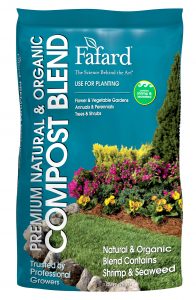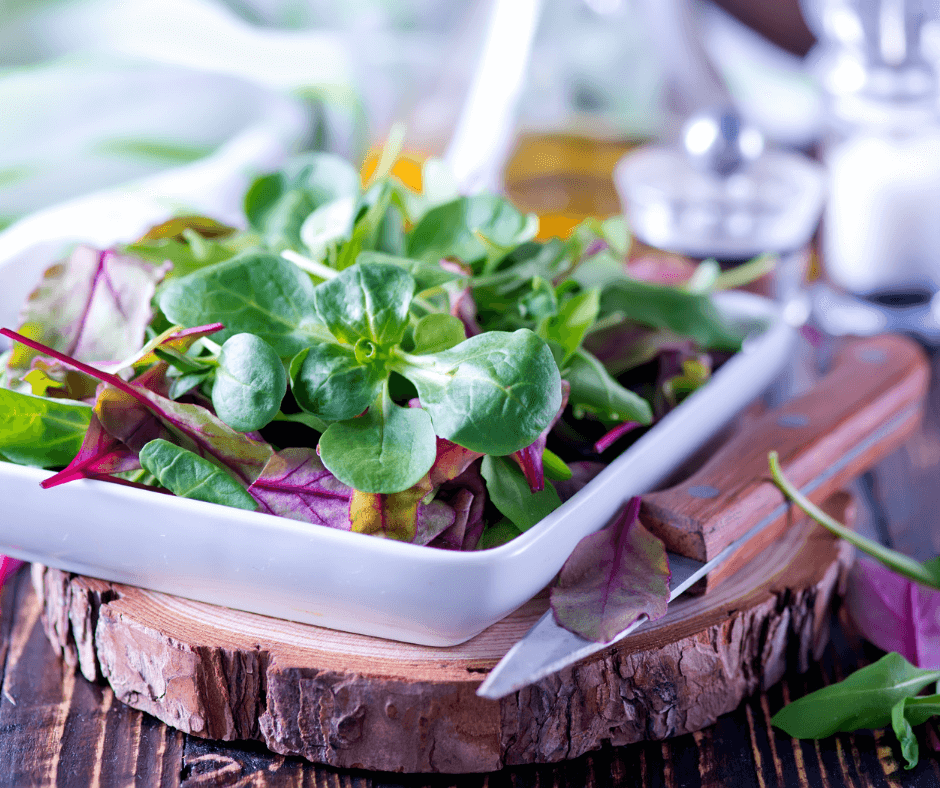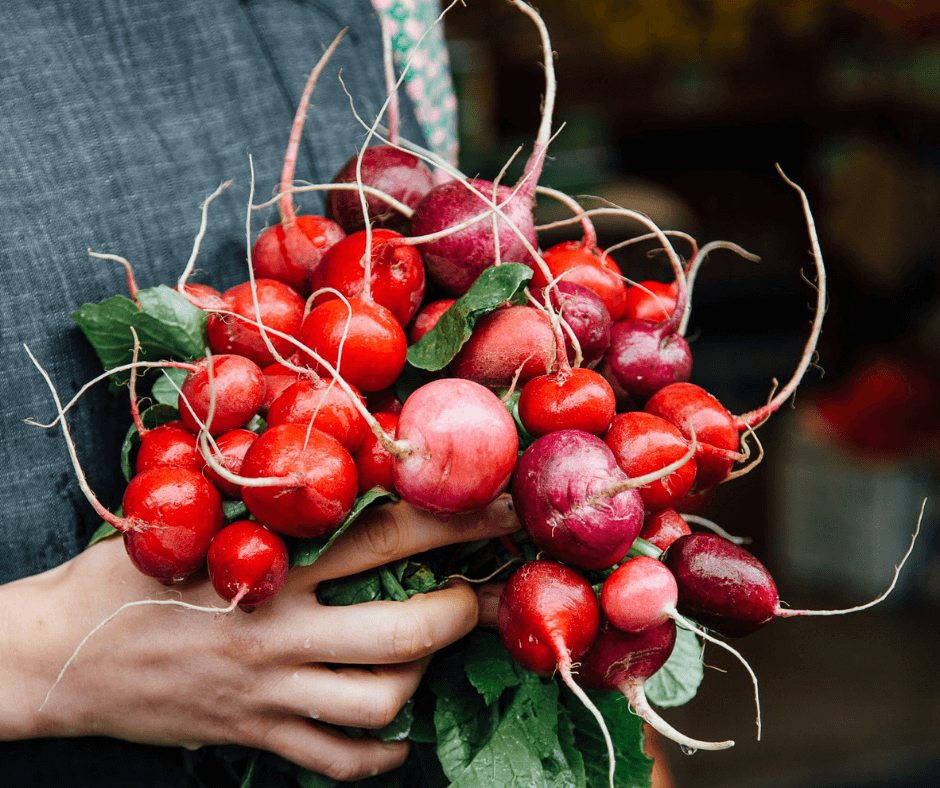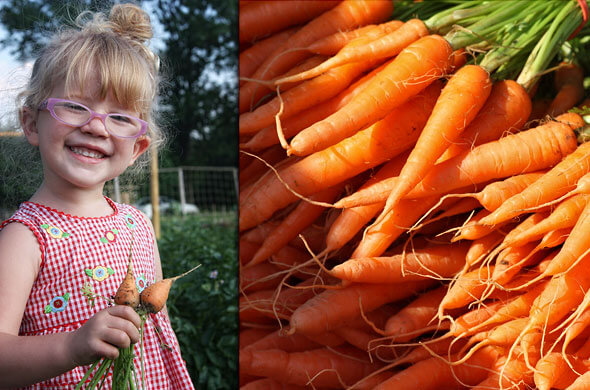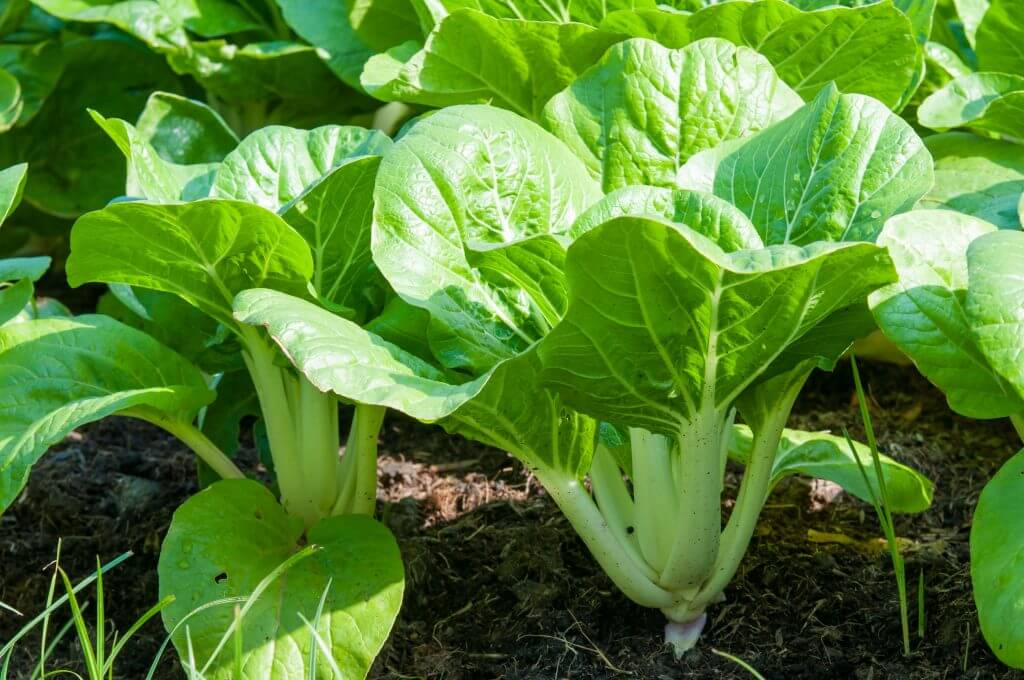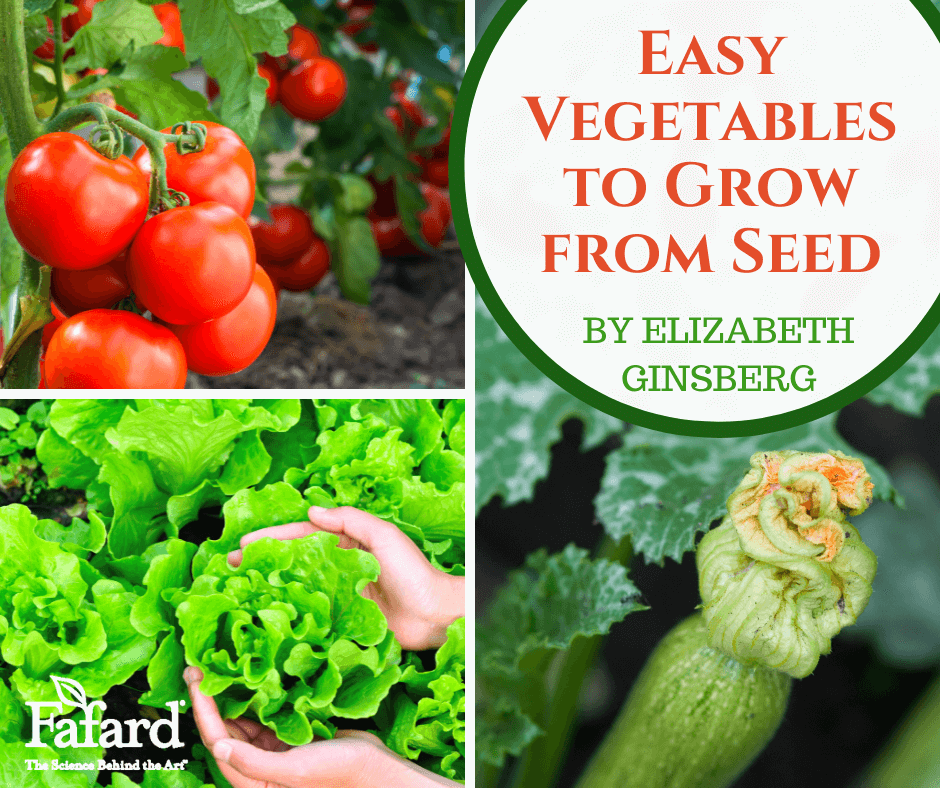
Home vegetable gardening is riding a wave of popularity that is probably unprecedented since the Victory Gardens of World War II. Salad greens are sprouting on rooftops and potatoes in patio containers. Home-grown tomatoes seem to be popping up in every other suburban yard. Explosions of summer zucchini are detonating in community gardens and front roadside “hell strips”.
If you want to get in on that kind of action, but find the prospect a little intimidating, it’s best to start relatively small and simple. Growing vegetables from seed is inexpensive and easy, provided you pick types that are easy to grow.
The best advice for beginners is to start with something that you like to eat and don’t go too big. Shepherding a few vegetables successfully from seed to harvest will give you the confidence to venture further into vegetable gardening in successive seasons.
A few other helpful hints…Make sure the seeds you buy are packaged for the current growing season, not saved over from the last one. Fresh seed always has a higher germination rate. Amend your garden soil before planting with a nutritious mixture like Fafard Premium Natural and Organic Compost. If you are growing your veggies in containers, use a potting mix that will start your seeds off on the right foot. Fafard Ultra Container Mix with Extended Feed will do the job nicely.
Bountiful Squash from Seed
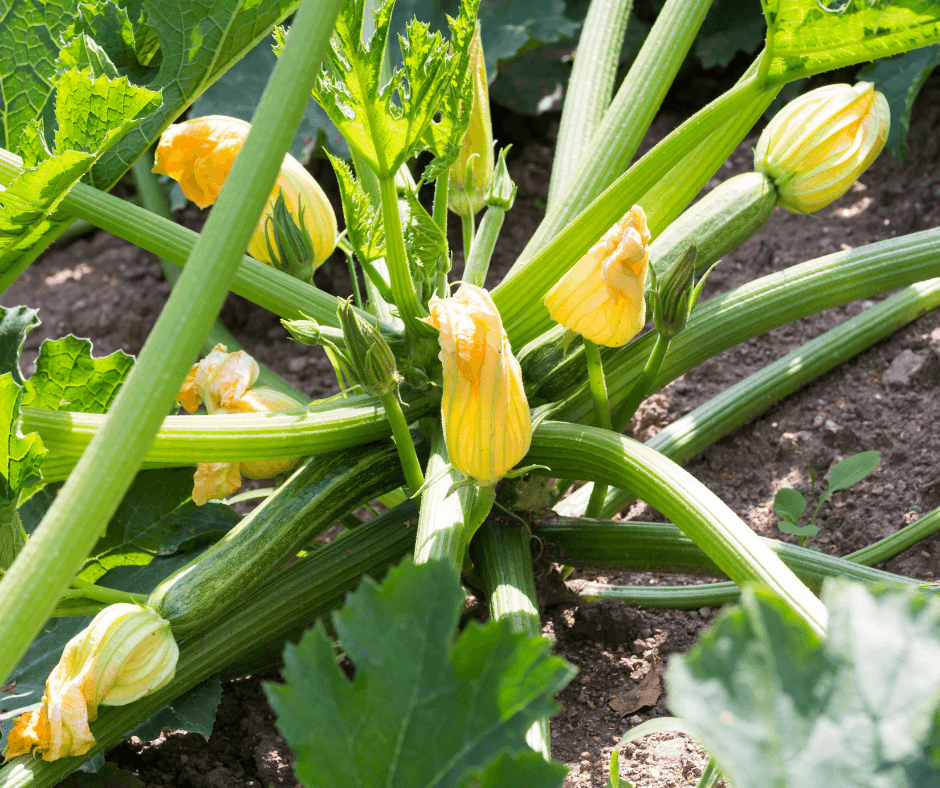
Summer squashes, like zucchini and crookneck squash, are a boon to the novice grower, with big seeds, vigorous habits, showy flowers, and bountiful production. While seeds can be started indoors, in many places summer squashes will do just fine if they are directly sown in a sunny spot with rich soil or, if they are bush-types, in a large container. Be sure to determine whether squash is vining or bushy before planting. Bush squash are compact while vining forms can reach enormous lengths. Trellising is an option.
Warm soil is a must, so check your area’s last frost date to find out when it is generally safe to plant. (Click here to identify your last frost date by zip code.)
Plant two to three seeds in small hills of soil. Plant them at a depth equal to about two times the width of the seed. Squashes crave space, so keep those hills separated by at least several feet, depending on the final size of the squash variety. When the seedlings appear, thin out the weakest one or seedlings by either pulling them out or snipping them off. Leave the strongest. Water regularly, especially if rain is sparse, but do not drown the plants. If the top of the soil is wet, and you’ve experienced good rains, skip the watering.
It is important to collar newly sprouted seedlings to keep birds and cutworms from cutting the seedlings from the base and killing them. Seedling collars are easy to make from paper cups, toilet paper rolls, and other materials. (Click here to learn more.)
Check leaves for evidence of pests and disease. Large pests can be picked off by hand. Squash vine borers are a common problem that every squash grower must learn about (click here for management details). If powdery mildew, a fungal disease, appears, remove the affected leaves and spray the remaining foliage with either Neem oil or a solution of one tablespoon of baking soda per gallon of water mixed with a few drops of liquid dish soap.
Check seed packages for time from germination to harvest, but expect fruit in 45 to 60 days. Bushy varieties produce the earliest.
Tons of Tomatoes from Seed
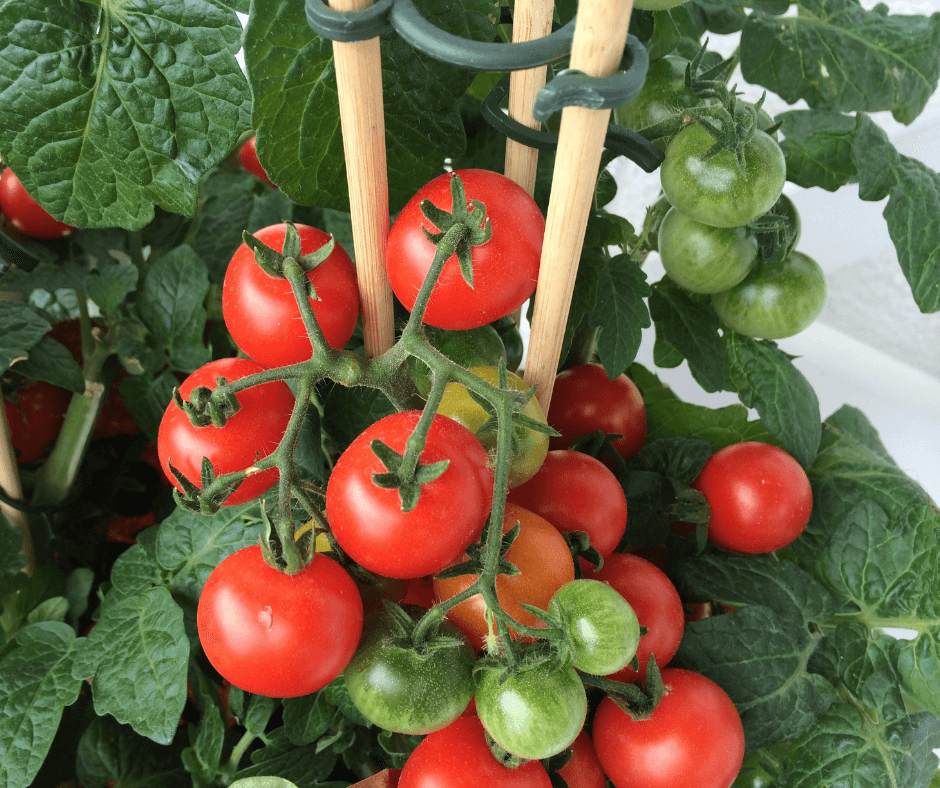
Growing tomatoes from seed offers you a chance to choose from the scores of available varieties—large, small, modern, heirloom, red, green, yellow, or orange. None are really hard to grow, but many sources suggest determinate (bush) salad or cherry tomato varieties for beginners. Indeterminate (vining) tomatoes are the most productive but reach huge heights and require quite a bit of management, and large-fruited varieties are often more demanding. Cherry tomatoes feature bite-size fruit and bush types are great for container growing because they stop growing once they have reached a certain size and produce only a set number of flowers and fruit thereafter. Much of the fruit develops at the same time, but harvests can be still quite large. Good disease resistance makes growing even easier. (Click here for a great list of determinate tomatoes from Johnny’s Selected Seeds, and click here for our top 10 list of the best-tasting cherry tomatoes.)
Those harvests will come sooner if you start tomatoes indoors in cell packs or other small containers at least six to eight weeks before the last frost date for your area. Make sure those containers have drainage holes. Fill the small pots with moistened potting mix and plant two or three seeds per cell or container, following directions on the seed pack. Place on trays that can hold water and position in a warm location a bright grow light or South-facing window. To avoid seedling rot disease, water from the bottom, letting the plants absorb water through their drainage holes. (Click here for more tomato seed-starting tips.)
When outdoor conditions are right, with night temperatures above 50 degrees Fahrenheit, take the trays outside and place them in a sheltered spot to acclimate the seedlings. After a few days of this, plant the seedlings in a location that receives at least six hours of sun per day–eight hours or more is better. Keep the soil consistently moist, stake or your plants or support with tomato cages, and watch for pests. (Click here to learn more about tomato pest and disease management.)
Great Greens from Seed
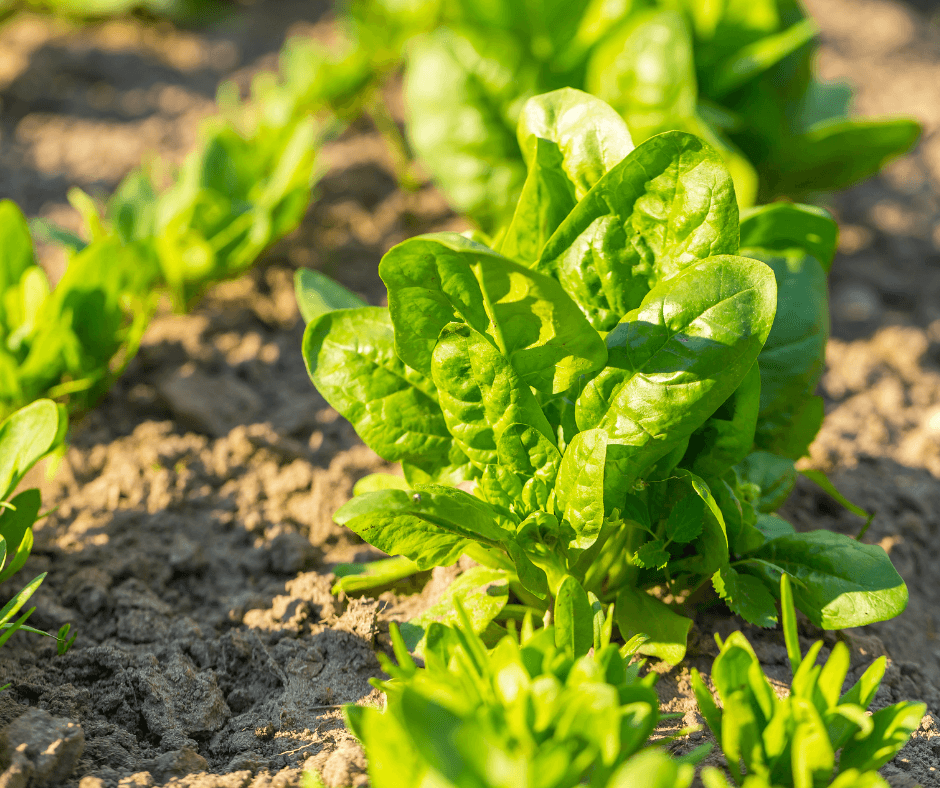
Greens, including the various varieties of lettuce, spinach, and Swiss chard, are among the easiest veggies to grow from seed, and many varieties are as beautiful as they are nutritious. Lettuce and spinach love the cooler temperatures of spring and fall, while chard thrives in summer.
Sow lettuce seeds when outdoor temperatures reach about 60 degrees Fahrenheit, and space about 2 inches apart in rows that are separated by about 12 inches. Cover with the thinnest possible amount of soil, because lettuce seeds need light to germinate. Keep soil uniformly moist and harvest lettuce either as baby greens or mature leaves. For a continuous harvest, sow smaller amounts of lettuce seed at weekly intervals in spring and very late summer. (Click here to discover ten great lettuce varieties for gardens.)
Larger and leafier, spinach and chard are delicious either raw or cooked. Plant spinach first, as soon as possible after the last frost date. Both types of greens should be planted shallowly—about one-quarter inch deep in rows at least 18 inches apart. Both also need thinning. Thin spinach seedlings to a maximum of 6 inches apart and the larger chard plants to a minimum of 6 inches apart. Spinach can also be sown in late summer for a fall harvest.
Growing vegetables can be so satisfying that many gardeners catch the “veggie bug” after the first successful growing season and branch out into multiple varieties in successive years. Be prepared!

